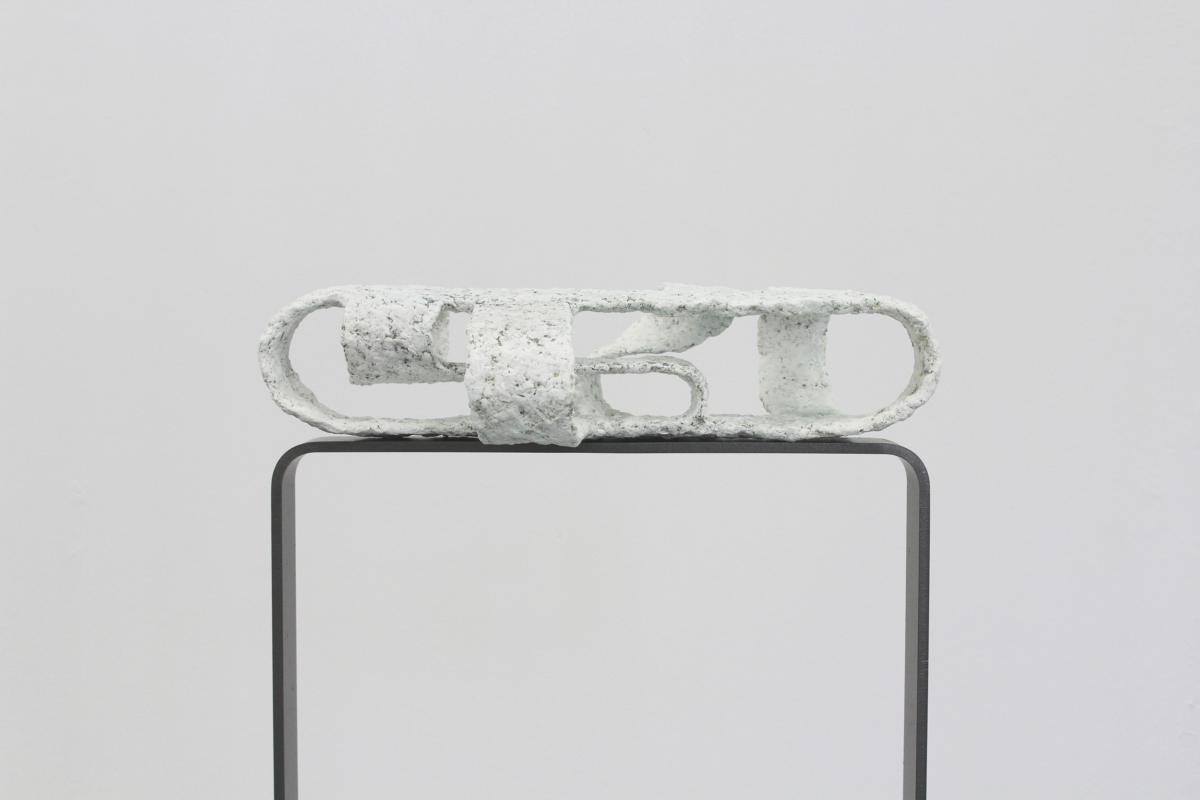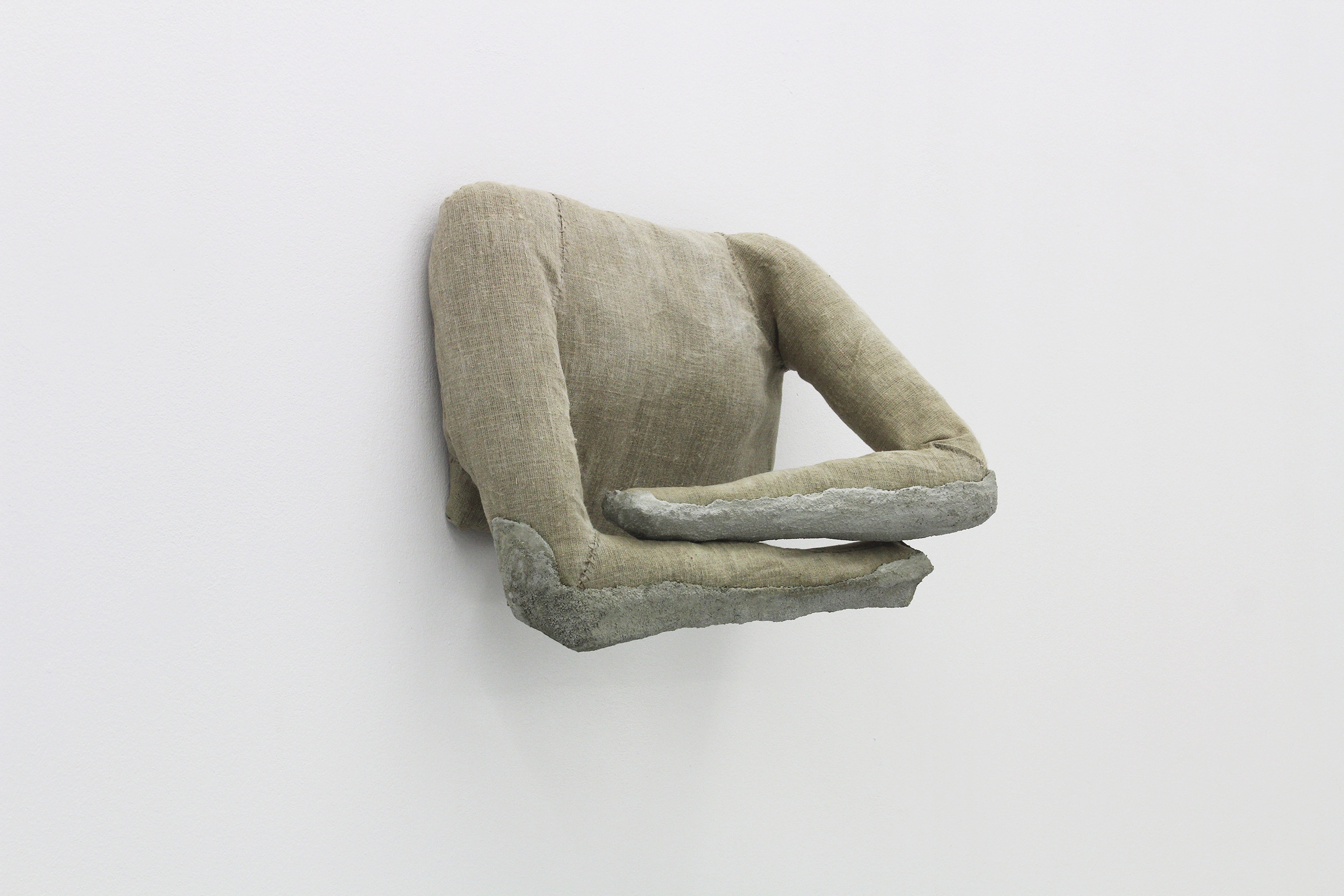![[EN/PL] ‘Internal Lighting’ by Gizela Mickiewicz at Galeria Stereo](https://blokmagazine.com/wp-content/uploads/2020/06/02-1200x800.jpg)
[EN]
“I was well glued together and I constituted a well-contoured and coherent ‘self’, with feelings bearing names and musings that could be told. I was what is called a man who leads his life and understands it. That is: he understands what he considers to be the illumination and sense of that life.
And […] the lucidity of my inner judgements was what cracked inside me and left me who I am, i.e. a man who lives and does not understand anything around.”
Max Blecher, The Lit-Up Burrow: Sanatorium Journal, publ. 1947
In the context of the latest solo exhibition of Gizela Mickiewicz, it is worth recalling the figure and brief biography of Romanian writer Max Blecher. Overpowered by a sudden illness, the writer dedicated his modest literary output to a meticulous description of the subsequent stages of its course through processes of physical and mental breakdown while isolated in a hospital bed. Commenting on the exhibition, the artist eagerly and directly refers to the insights written by Blecher, but she is not interested in the details of the biography as much as in the form of the description of the existential crisis and the disturbance of the structure – precipitated from the ruts of what she considered the norm – personality. Mickiewicz leaves aside her own life experience, like the text, cleaning the works of confessional elements in favour of liquid forms evoking movements of the self caused by life events.
As a result, we are dealing with sculptures with immanent content – they are multidimensional, ambiguous, intricate, rough and fragile. For several years, Mickiewicz’s work has been dominated by the idea of translating ephemeral spiritual states into the concrete material of a sculptural object. This idea usually resulted in the brilliant juxtaposition of sometimes contradictory materials. The latest works arising from this practice go a step further towards autonomous and synthetic sculpture. It seems significant that the artist herself now uses the word sculpture more willingly rather than the previously used word object.
In contrast, the figurative element is completely new to Mickiewicz’s work – arms and legs, tangled in a gesture of care or fall, form the frame of the exhibition and in the context of the abstract and muted whole, they ring out like the words of a personal confession.
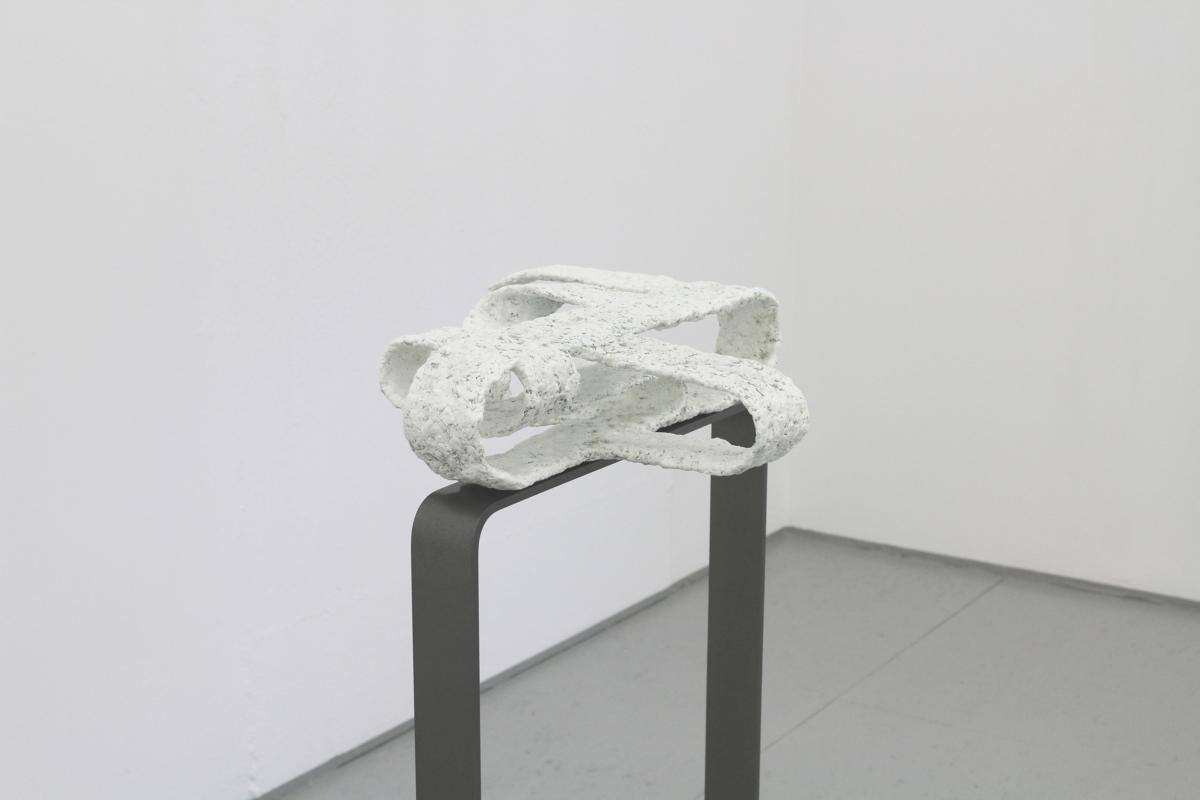

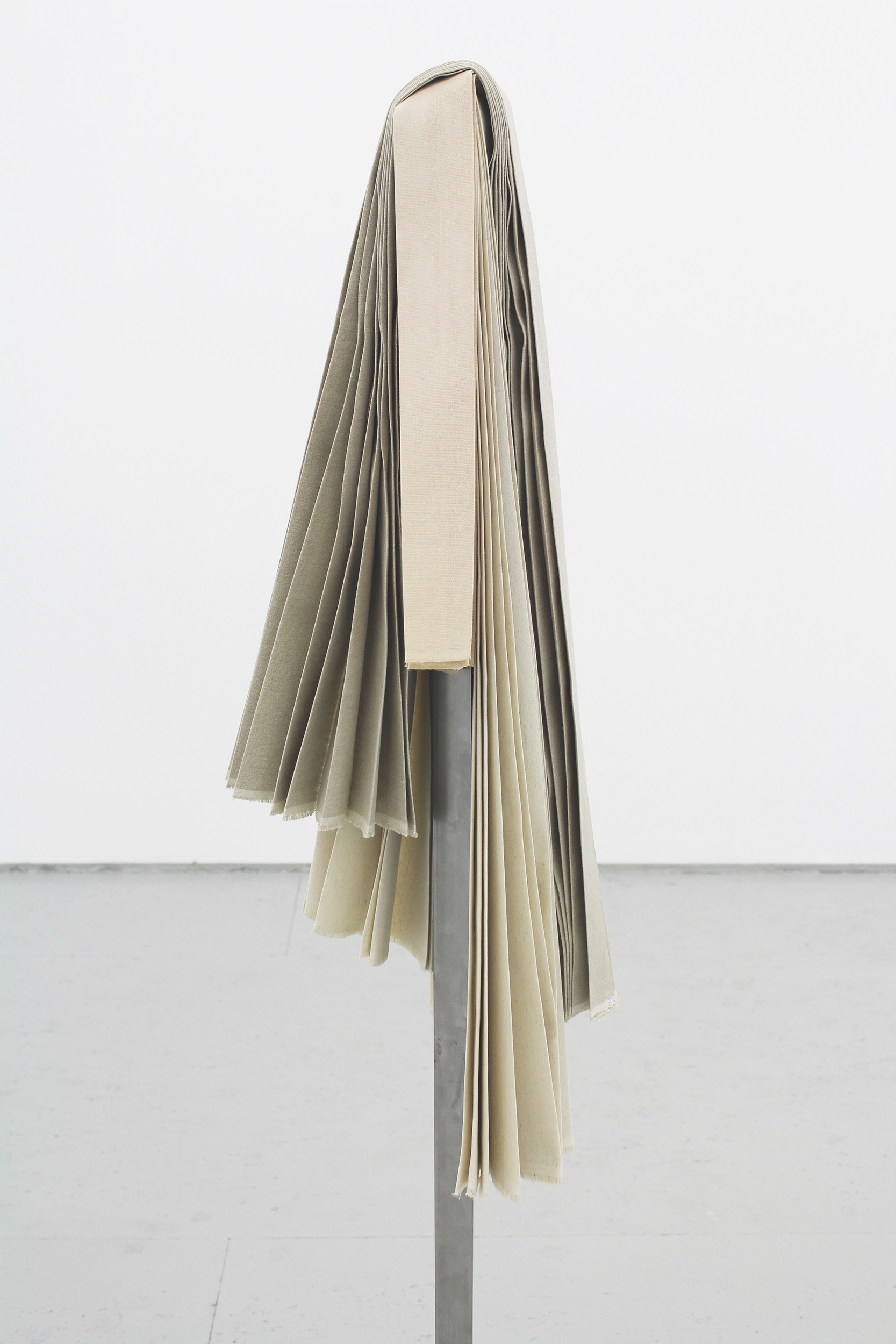
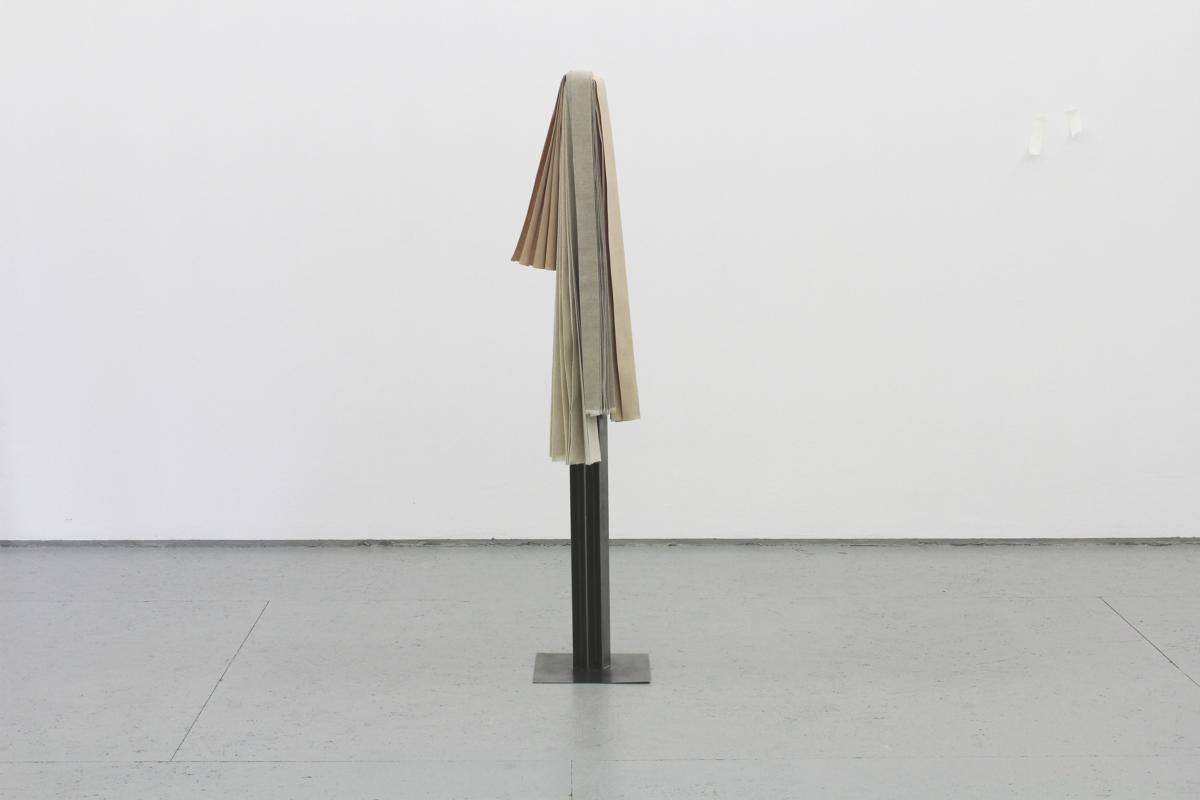

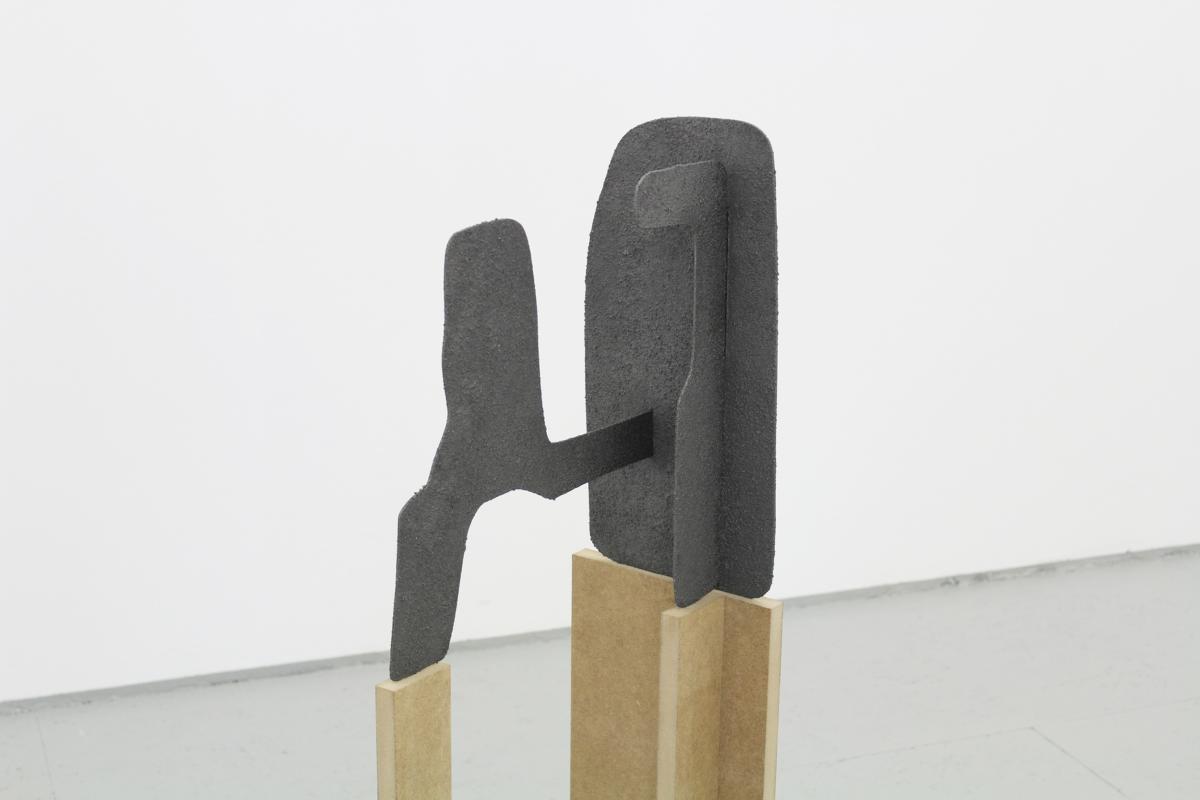
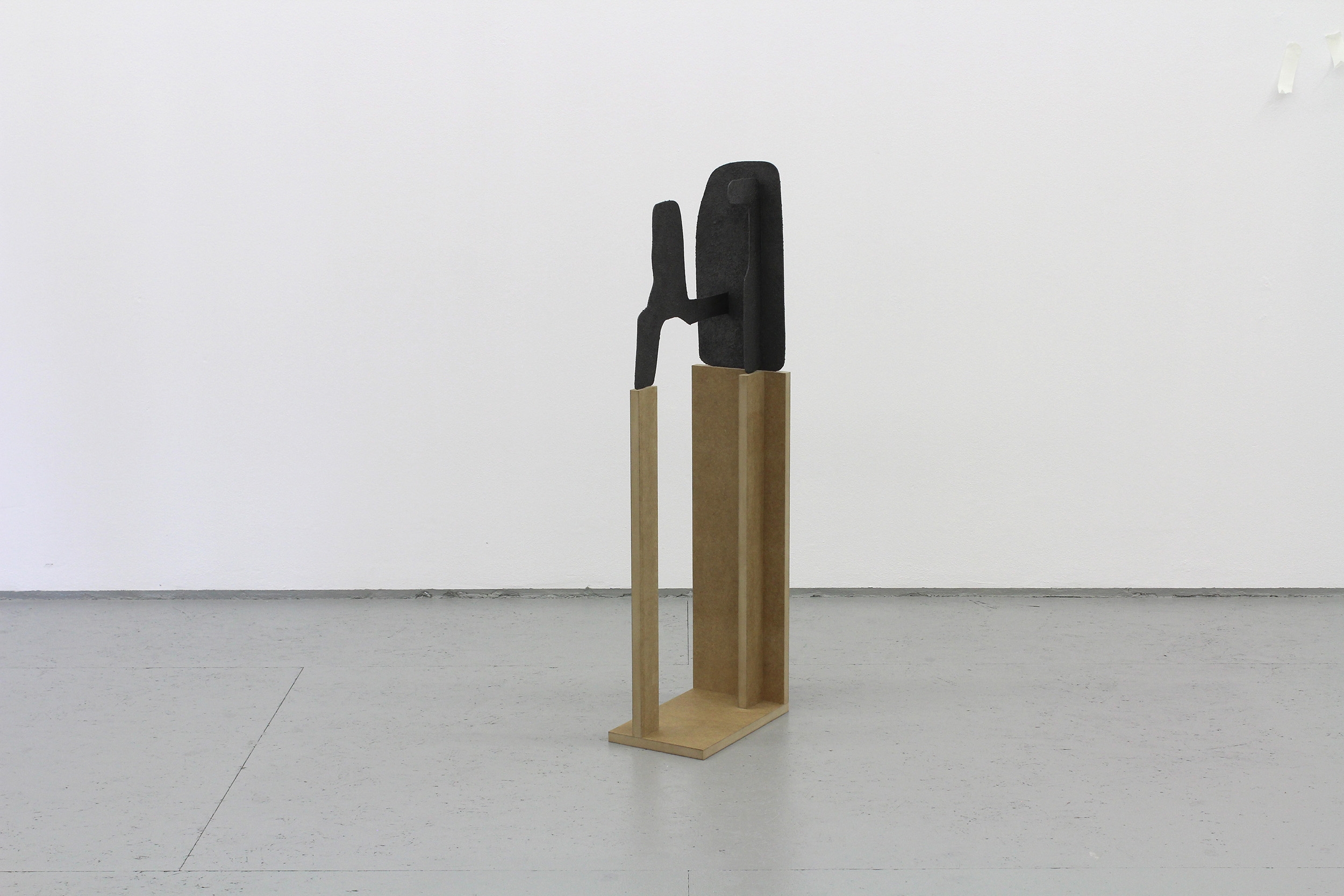

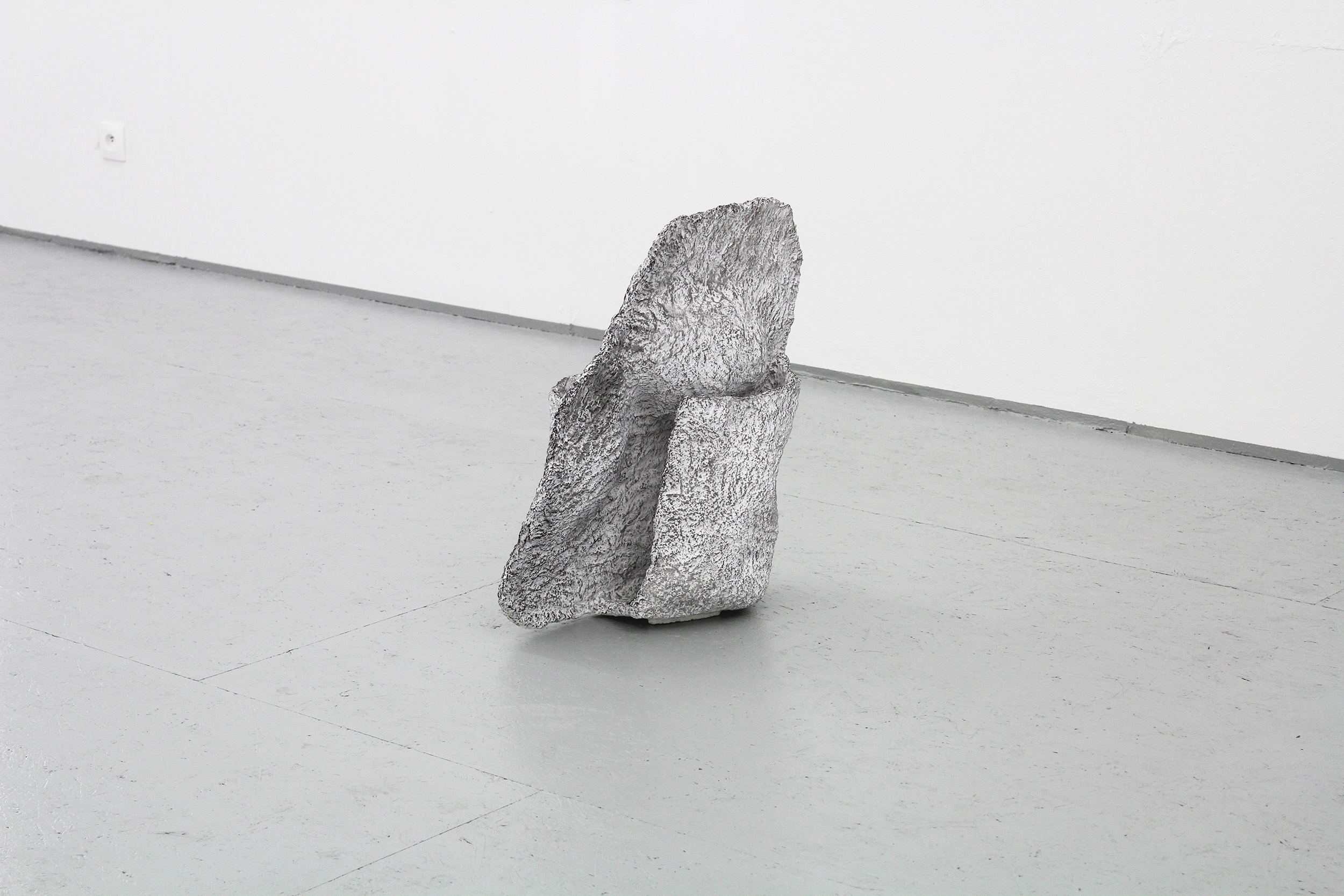



[PL]
“Byłem dobrze posklejany i stanowiłem dobrze zarysowane i spójne „ja”, z uczuciami noszącymi nazwy i rozmyślaniami, dającymi się opowiedzieć. Byłem tym, co nazywa się człowiekiem, który wiedzie swoje życie i je rozumie. To znaczy: rozumie to, co uważa za wyjaśnienie i znaczenie tego życia.
I […] właśnie przytomność moich wewnętrznych osądów była tym, co załamało się we mnie i pozostawiło mnie tym, kim jestem, czyli człowiekiem, który żyje i nie rozumie niczego wokół.”
Max Blecher, Rozświetlona jama. Dziennik sanatoryjny, Książkowe Klimaty, Wrocław 2018
W kontekście najnowszej wystawy indywidualnej Gizeli Mickiewicz warto przywołać postać i krótki życiorys rumuńskiego pisarza Maxa Blechera. Zmożony nagłą chorobą autor poświęcił swój niewielki dorobek drobiazgowemu opisowi kolejnych etapów jej przebiegu, izolacji na szpitalnym łóżku, procesów fizycznego i psychicznego rozpadu. Komentując wystawę artystka odwołuje się chętnie i wprost do spisanych przez Blechera spostrzeżeń, natomiast interesują ją nie detale biografii, a raczej forma opisu kryzysu egzystencjalnego i zaburzenie struktury – wytrąconej z kolein tego, co uznawała za normę – osobowości. Podobnie jak od tekstu, Mickiewicz abstrahuje od własnego doświadczenia życiowego, oczyszczając prace z elementów konfesyjnych na rzecz płynnych form ewokujących poruszenia jaźni wywołane wydarzeniami życia.
Mamy więc w efekcie do czynienia z rzeźbami, które zawierają treści immanentnie – są wielowymiarowe, niejednoznaczne, meandryczne, prowizoryczne i kruche.
Twórczość Mickiewicz jest od kilku lat zdominowana ideą przekładania ulotnych stanów duchowych na materialny konkret obiektu rzeźbiarskiego. Idea ta owocowała zazwyczaj błyskotliwymi zestawieniami niekiedy sprzecznych materiałów. Najnowsze prace, wyrosłe z tej praktyki, idą krok dalej ku rzeźbie autonomicznej i syntetycznej. Znaczące wydaje się że sama artystka chętniej używa obecnie słowa rzeźba niż, jak wcześniej, obiekt.
Zupełnie nowy w twórczości Mickiewicz jest natomiast element figuratywny – ręce i nogi, splątane w geście troski i upadku, stanowią klamrę ekspozycji i w kontekście abstrakcyjnej i wyciszonej całości wybrzmiewają jak słowa osobistego wyznania.
Imprint
| Artist | Gizela Mickiewicz |
| Exhibition | Internal lighting |
| Place / venue | Galeria Stereo, Warsaw |
| Dates | 23 May – 27 June 2020 |
| Website | galeriastereo.pl/en/ |
| Index | Galeria Stereo Gizela Mickiewicz |

